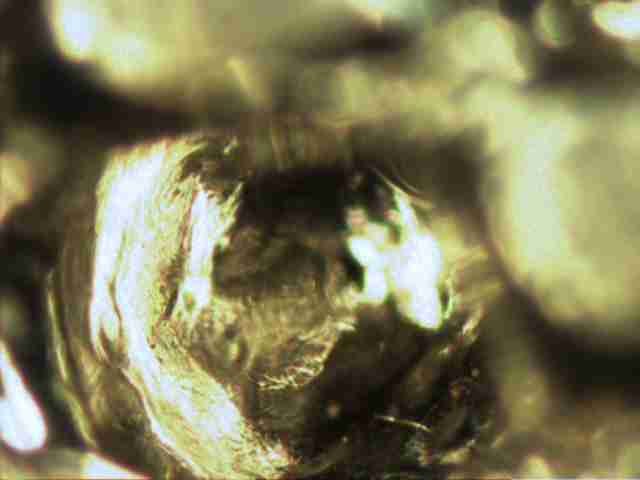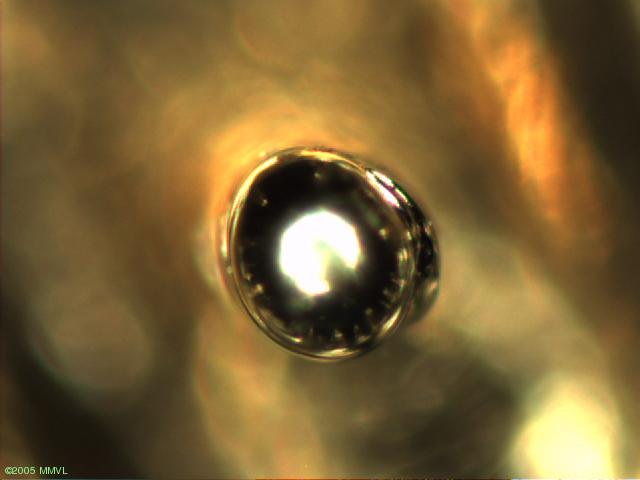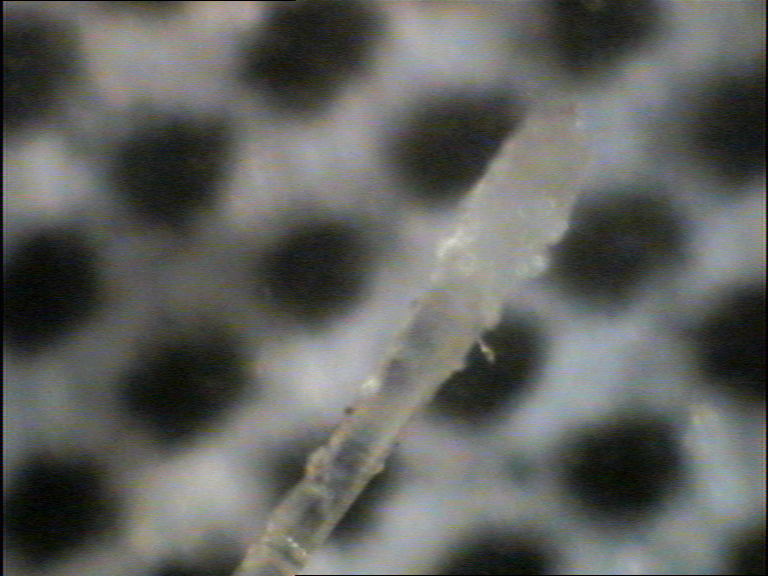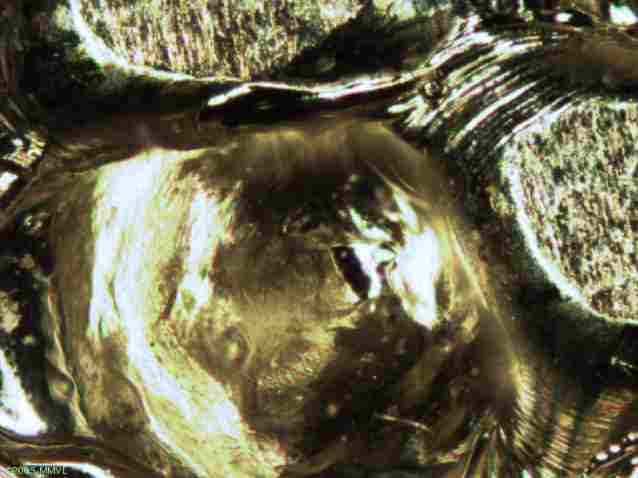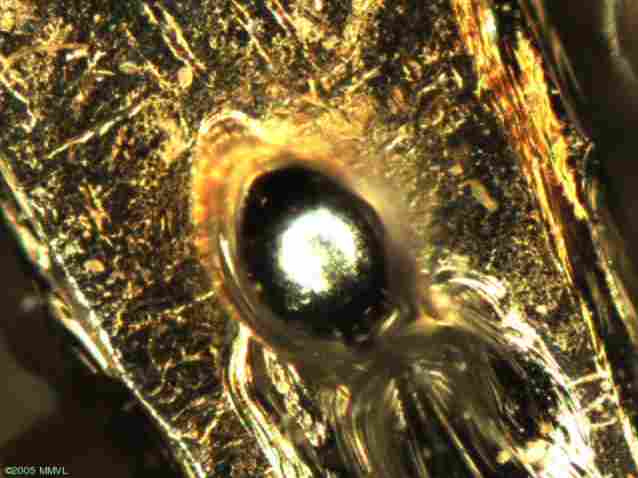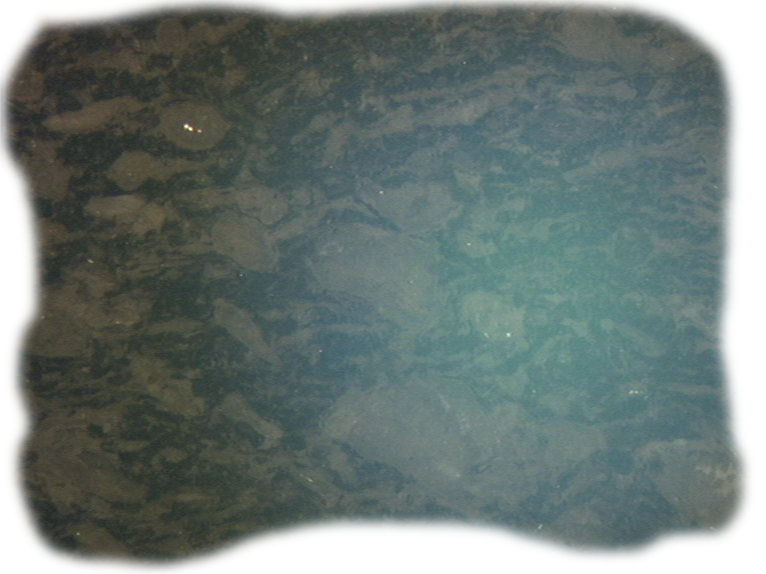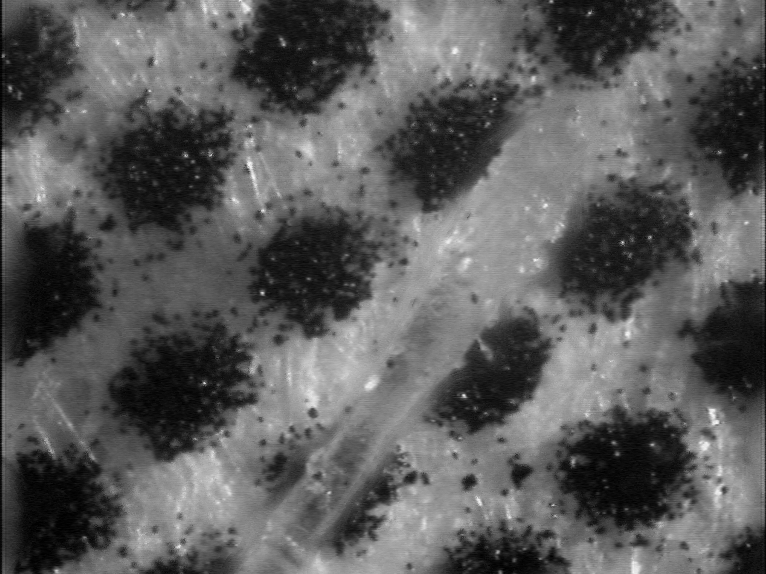Depth from Focus
(Difference between revisions)
m |
m |
||
| Line 4: | Line 4: | ||
* The results will be even better, if the illumination optics of the microscope can project a pattern. | * The results will be even better, if the illumination optics of the microscope can project a pattern. | ||
* Non-destructive measurement of surface profiles | * Non-destructive measurement of surface profiles | ||
| − | * Vertical resolution <math>30\ \mu m</math> and better (depending on aperture-size, magnification, projection-pattern and the surface properties of the object). | + | * With our experimental settings we observed |
| − | * Lateral resolution <math>25\ \mu m</math> and better (depends). | + | ** Vertical resolution <math>30\ \mu m</math> and better (depending on aperture-size, magnification, projection-pattern and the surface properties of the object). |
| − | * Captured area about <math>0.5\ mm^2</math> (can be improved by using a motorized X-Y-table and stitching software). | + | ** Lateral resolution <math>25\ \mu m</math> and better (depends). |
| + | ** Captured area about <math>0.5\ mm^2</math> (can be improved by using a motorized X-Y-table and stitching software). | ||
* '''Open Source''' (you are free to improve the code yourself and redistribute it). | * '''Open Source''' (you are free to improve the code yourself and redistribute it). | ||
Revision as of 15:52, 2 February 2006
Contents |
Depth from Focus
3D surface metrology
- In principle it should work with any microscope, which has a motorized z-drive and a CCD camera (see Mimas video input).
- The results will be even better, if the illumination optics of the microscope can project a pattern.
- Non-destructive measurement of surface profiles
- With our experimental settings we observed
- Vertical resolution <math>30\ \mu m</math> and better (depending on aperture-size, magnification, projection-pattern and the surface properties of the object).
- Lateral resolution <math>25\ \mu m</math> and better (depends).
- Captured area about <math>0.5\ mm^2</math> (can be improved by using a motorized X-Y-table and stitching software).
- Open Source (you are free to improve the code yourself and redistribute it).
Demonstration
Here are some typical microscope images (showing a surface, which has been shaped using a power beam).
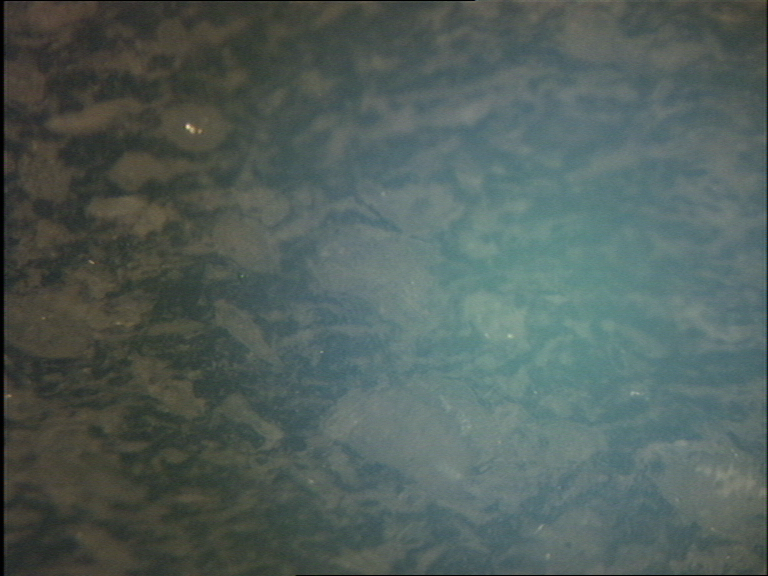 Piece of Suevit (enamel like material from meteorite impact) from the Nördlinger Ries, Leica DM RXA |
Using a focus-stack one can compute images with extended depth of focus:
If the surface can be illuminated properly, one can even do a 3D-reconstruction of the surface:
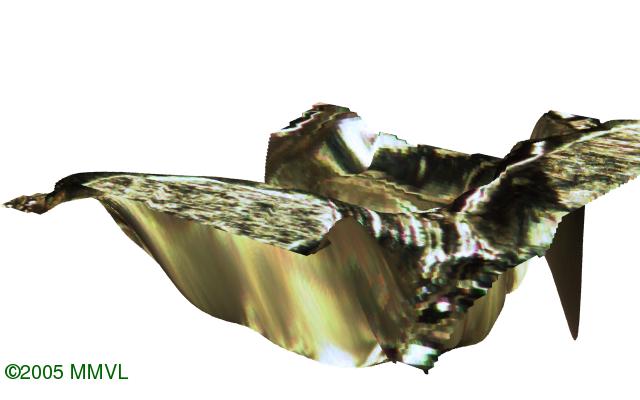 3D reconstruction of first object (742kB video) |
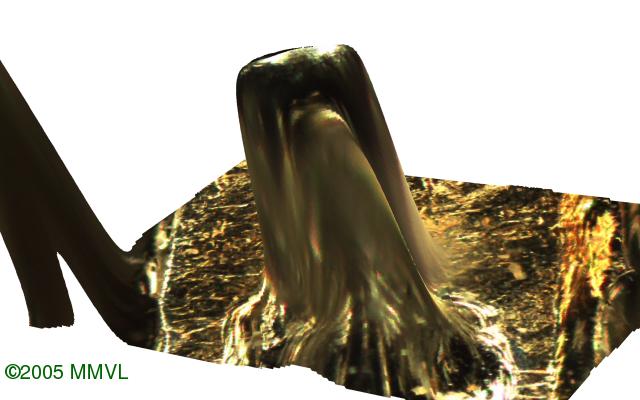 3D reconstruction of second object (725kB video) |
[[Image:suevit20.png | 200px|3D reconstruction of suevit (1.4MB video)]] | 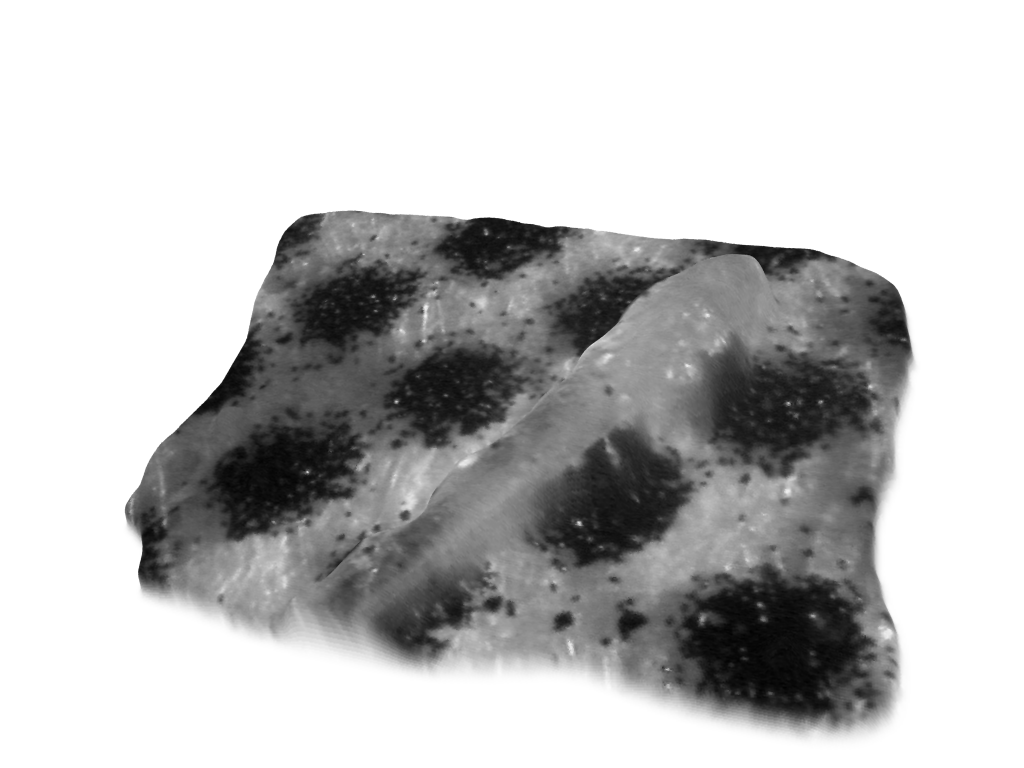 3D reconstruction of hair (1.4MB video) |
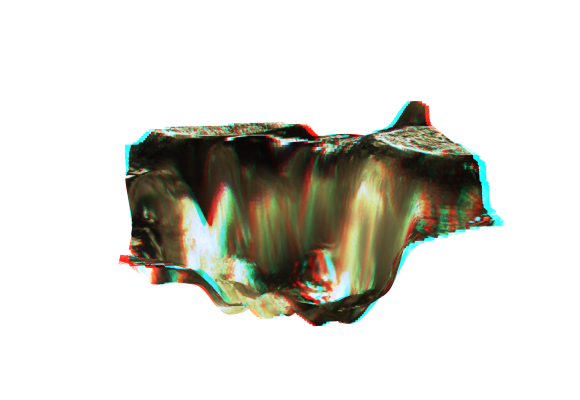 Red-cyan anaglyph image of first object (2.0MB video) |
 Extended depth of field image for a piece of sugar (compare with 532 kByte video of focus stack) |
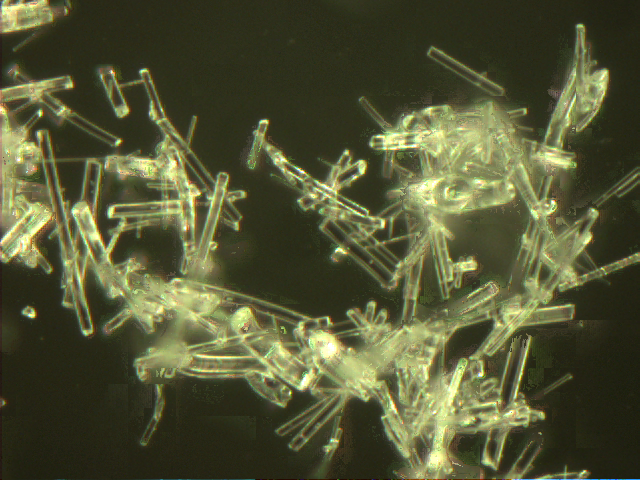 Extended depth of field image of glass fibers (compare with 1.09 MByte video of focus stack) |
As the idea for the algorithm was fixed already, it was possible to implement the algorithm as a command-line tool in less than 4 days, using existing Mimas-software (exspecially the operators for boost::multi_array).
As this is a "quick hack", there's still lots of space for improvements.
Links
- Anaglyph images
- german diploma thesis about depth of focus (also available as PDF)
- Mechrob-paper Focus set based reconstruction of micro-objects
